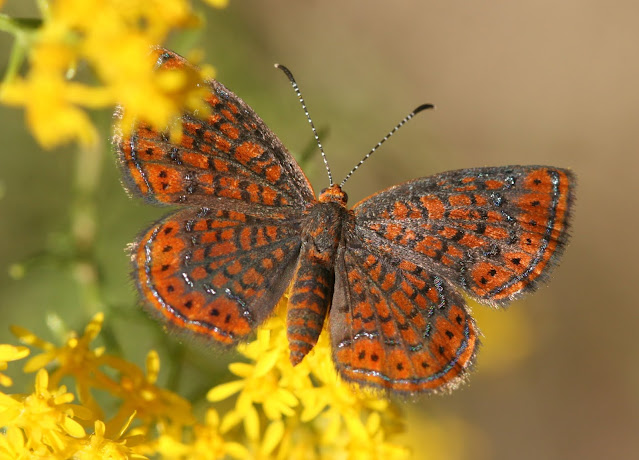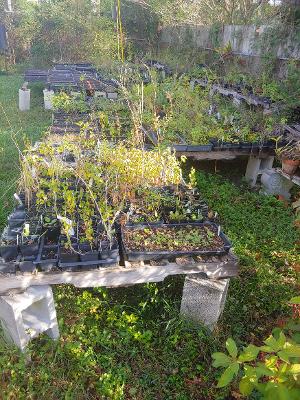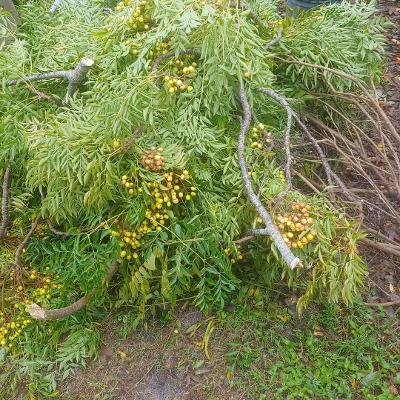Thanksgiving - Life in My Landscape and the Concept of Reciprocity

Little metalmark Thanksgiving is a day for reflection. A time to pause for a moment and think clearly about the gifts we've been given - and, to a point, the gifts we pass forward. There are a great many things for me to be thankful for, but near the top is the newly created gift of my living landscape. Robin Wall Kimmerer in her amazing book, Braiding Sweetgrass , talks about the concept of reciprocity - the act of giving back to the world what we've been gifted by it. It had and still does have a profound influence on me and my approach here. We live by taking the lives of others. There is no denying it. Whether it's a plant-based life or one that consumes meat as well, we live by consuming. We consume space that was once the home of others and we take resources that could have been used to support another life. We do this daily and often without reflection. Today is a day to do that. We take life with or without reverence. The choice is ours, consciously or not. When we

